Bird Island is the only remaining undeveloped barrier island system in Brunswick County and is one of the few protected natural island areas in the mid-Atlantic region. It has pristine sandy white beaches, high dunes, more than 1000 acres of beautiful salt marsh and meandering creeks, and is home to a wide variety of birds, animals and plants.
Saving Bird Island from Development
In 1992, the island’s owner wanted to build a mile-long bridge from Sunset Beach over Mad Inlet to provide access to Bird Island. Development proposals sparked the creation of a citizen-based group, the Bird Island Preservation Society. The Society worked in partnership with Audubon North Carolina, the North Carolina Coastal Federation and the North Carolina Coastal Land Trust to preserve the island.
After several years of presenting legal pleas to state and federal officials, permits to build the proposed bridge system across Mad Inlet were denied.
Today, Bird Island is protected as a Coastal Reserve. In 2002, the state of North Carolina purchased Bird Island with funds from the North Carolina Clean Water Management Trust Fund, Natural Heritage Trust Fund and the North Carolina Department of Transportation. Bird Island is now part of the North Carolina Division of Coastal Management’s Coastal Reserve Program, whose mission is the protection of unique coastal areas through research, education and example.
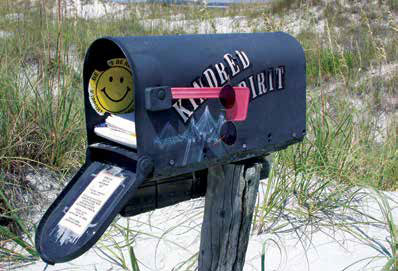

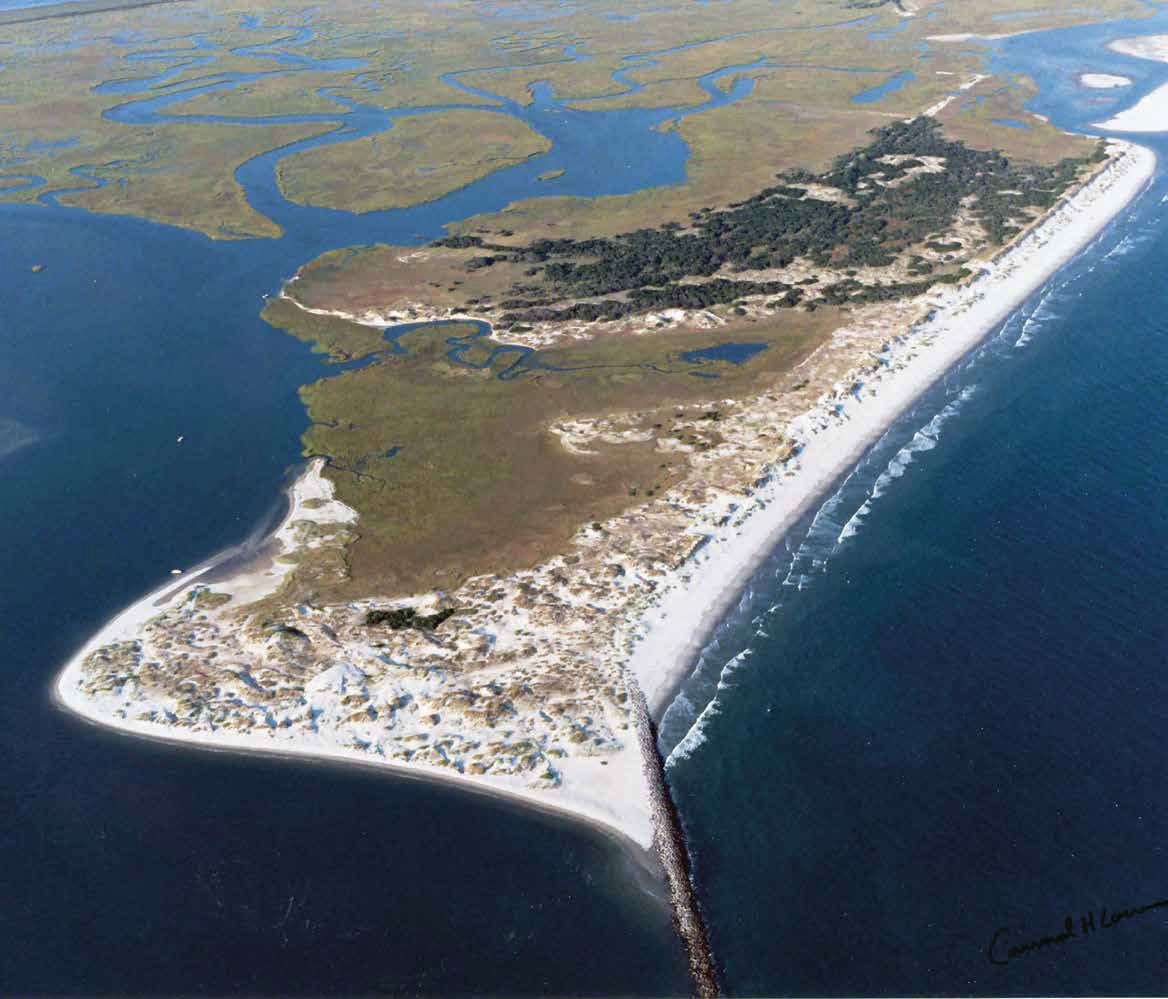
Visiting The Reserve
- The Reserve is open to visitors year round. The public may reach the Reserve by walking down the beach, or by boat from the Intracoastal Waterway.
- The Reserve is undeveloped and offers no visitor facilities.
- Visit at your own risk. Be prepared with proper equipment and supplies.
- Fires, fireworks, and camping are prohibited.
- Firearms, except as allowed by state hunting rules, are prohibited.
- Target shooting is prohibited.
- Nudity is prohibited.
- Pets must be kept on a leash; please clean up after them.
- No removal or disturbance of plants or animals is allowed without a valid permit.
- Please protect fragile vegetation by staying off the dunes.
- Please do not litter.
- Recreational/off-road vehicles are prohibited.
Habitats
As you walk along the Bird Island beach strand, you will see habitats typical of a low-lying barrier island. From the ocean on your left to the sound on your right, Reserve habitats include upper beach, sand dunes, maritime grasslands, shrub areas, salt marsh and mud flats. The Reserve is part of the estuary, where fresh river water meets salty ocean water. Salt water marshes rank among the most productive ecosystems on earth. They protect water quality by filtering out pollutants and provide shelter and food for young fish and shellfish. The undisturbed nature of the Reserve provides habitat for many plants and animals common to the coast.
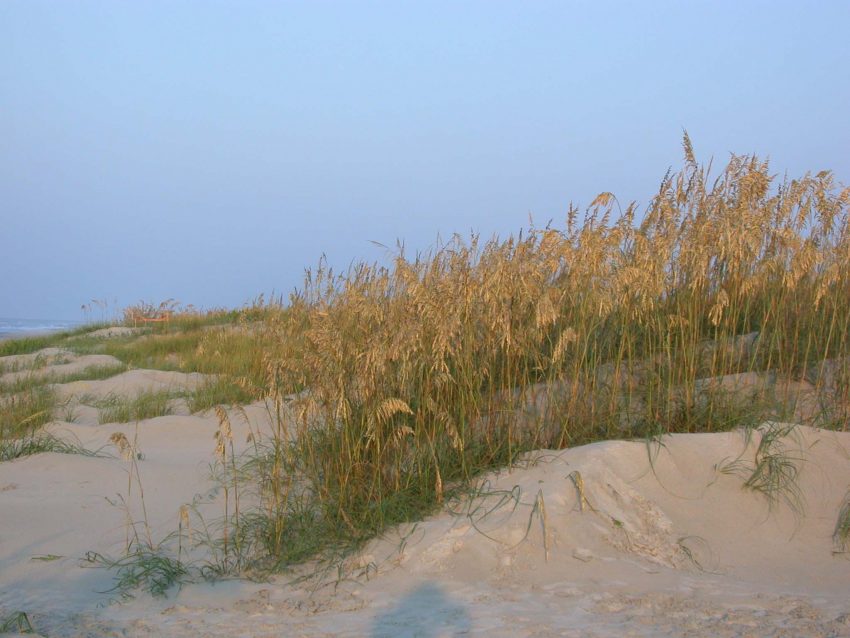
Sand Dunes
Grain by grain, dunes form as winds blowing from the ocean onto land slow and drop their load of fine “sugar” sand. As the sand is trapped by plants or other obstructions, the dunes begin to grow. The dune system at Bird Island is made up of prominent frontal and secondary dunes, some in excess of 20 feet in height. Sea oats are the dominant plants that hold the dunes in place.
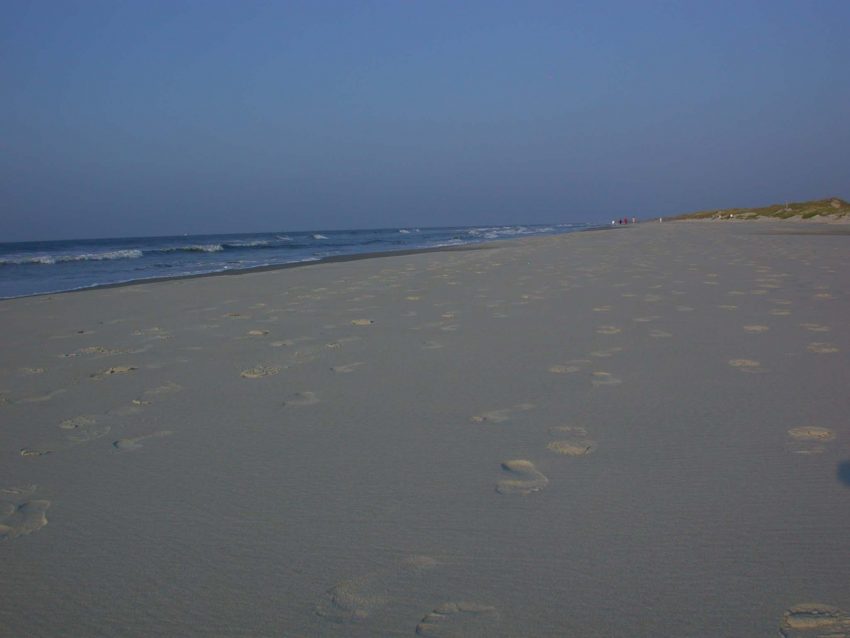
Upper Beach
The upper beach ranges from the high tide mark to the sand dunes. The upper beach area is a critical nesting area for loggerhead sea turtles and some ground nesting shorebirds such as the American oystercatcher, terns, black skimmers and Wilson’s plover.
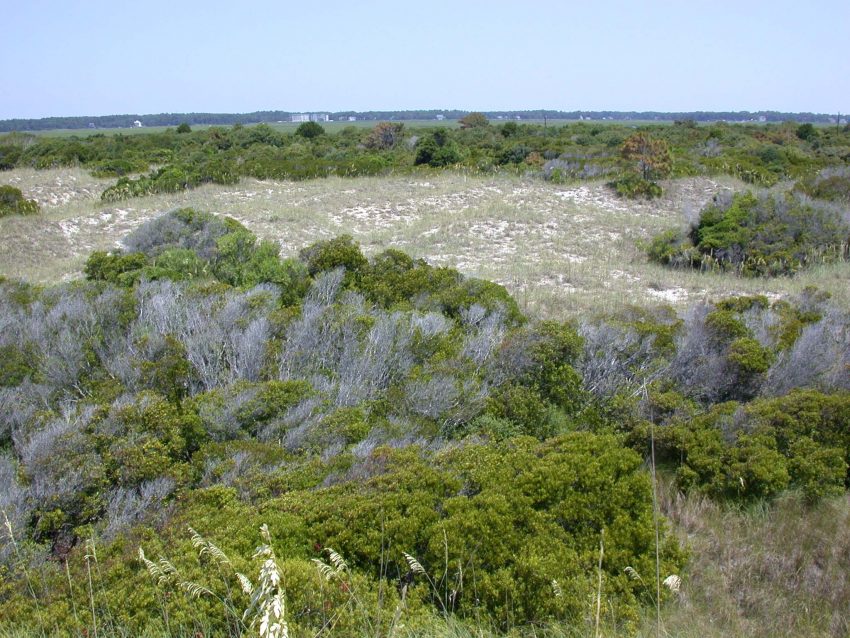
Maritime Shrub Thicket
Further from the effects of the ocean where salt spray and temperature variations are reduced, a mix of vine, shrub and tree species grows into a shrub thicket. Animals such as white-tailed deer, non-native red fox, opossum, raccoon, marsh rabbit and cotton mice use the shrub thicket for protection and shelter.
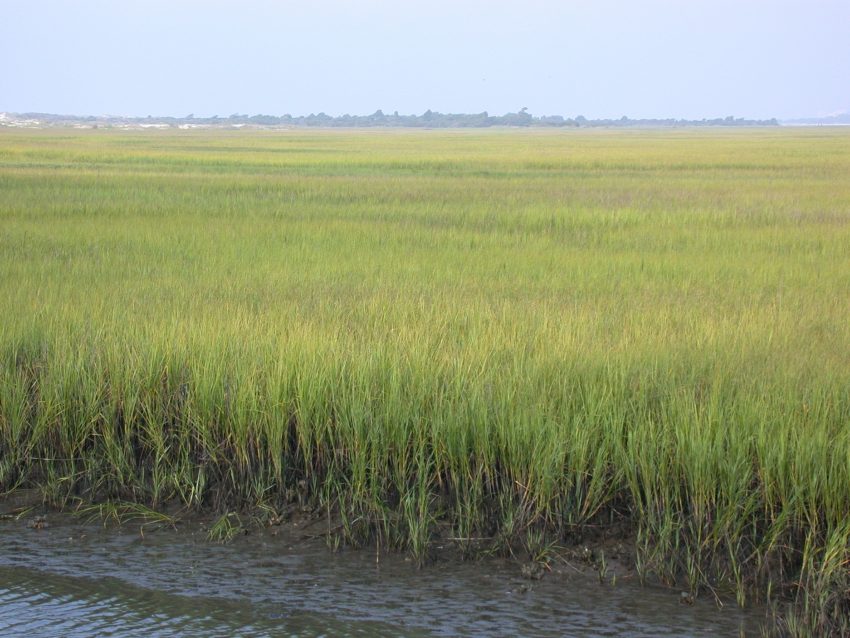
Salt Marsh
Salt marshes can be supratidal, flooding only at spring or storm tides, or intertidal, flooding twice daily with the lunar tides. Supratidal marshes contain a mix of plant species such as black needlerush, sea ox-eye and salt meadow cordgrass. Saltmarsh cordgrass, which dominates the intertidal marsh, adapts to dramatic changes in salinity and temperature.
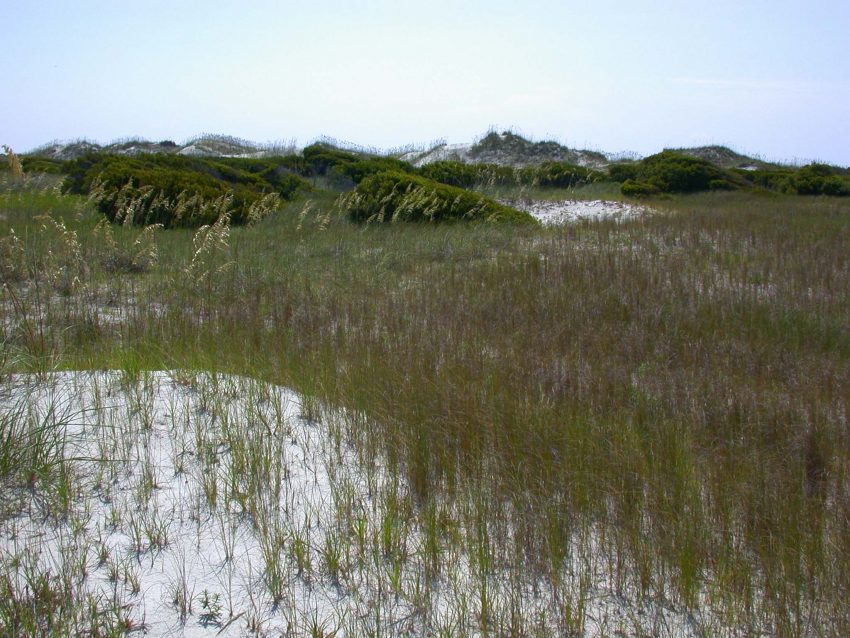
Maritime Grasslands
Grasslands sit behind the sand dunes where grass and herb species are protected from the salty winds and waves of the ocean. Look for a variety of species such as saltmeadow cordgrass, broomsedge, carex, prickly pear cactus, pepper grass, blanket flower, goldenrod, marsh fimbry, pennywort and beach morning glory.
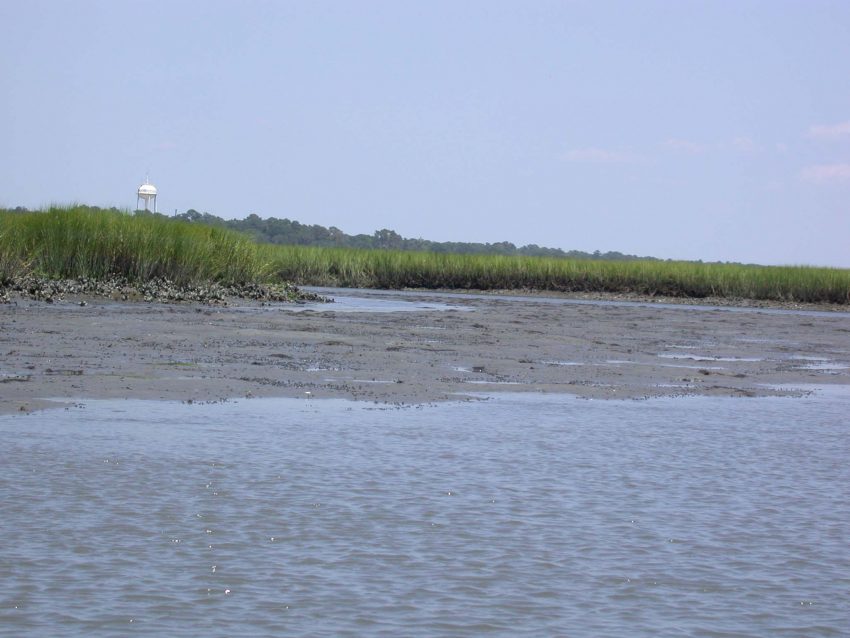
Salt and Mud Flats
Although they may seem barren, salt and mud flats are an important part of the estuary. Numerous species of burrowing worms, shellfish such as clams, oysters, mussels and algae live in these constantly changing conditions. Many wading birds and shorebirds come to the exposed mud flats to feed during low tide.
Plants
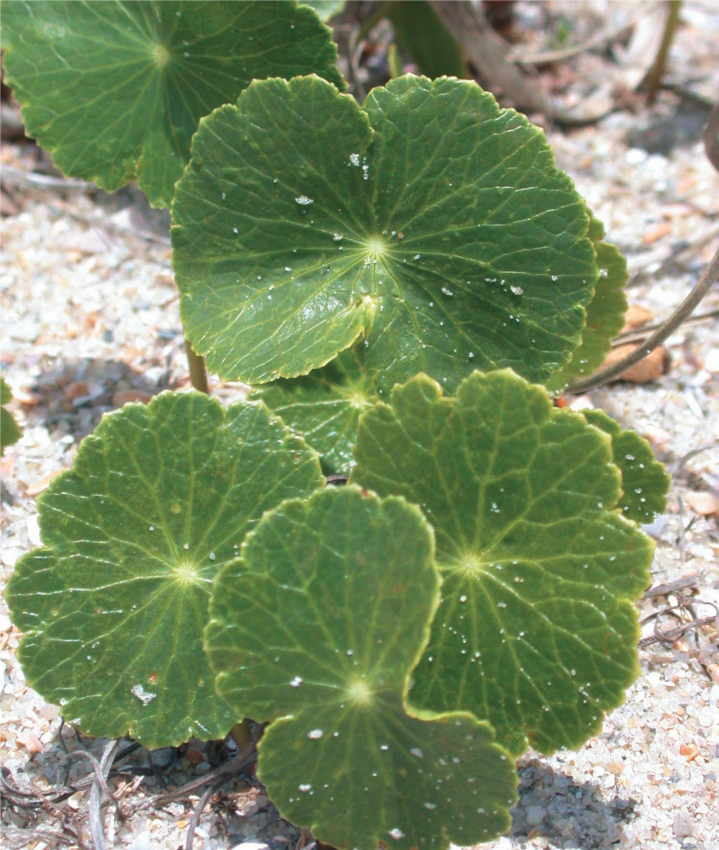
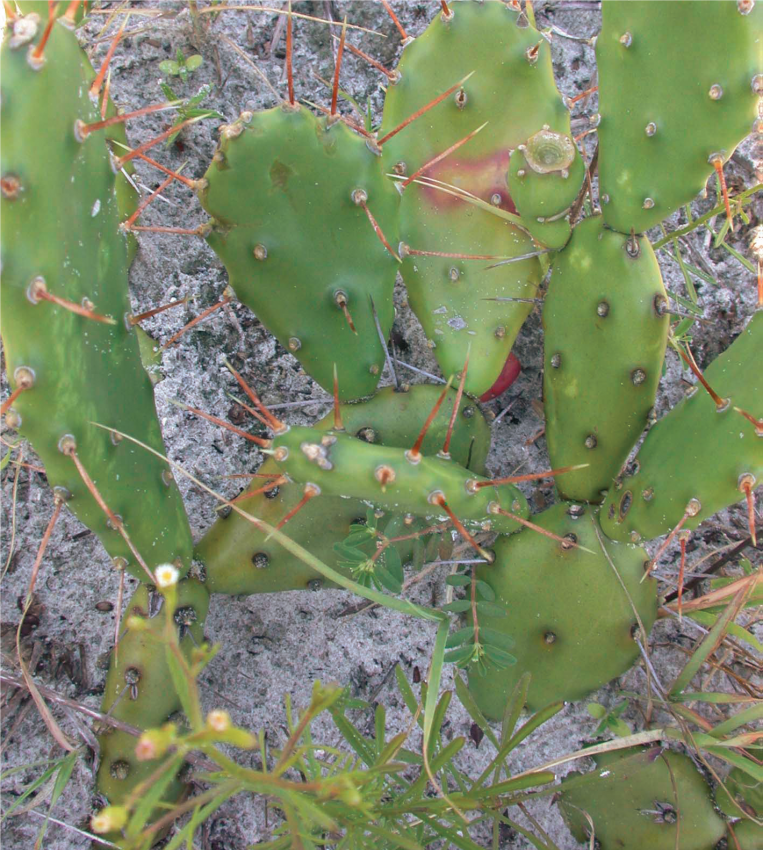
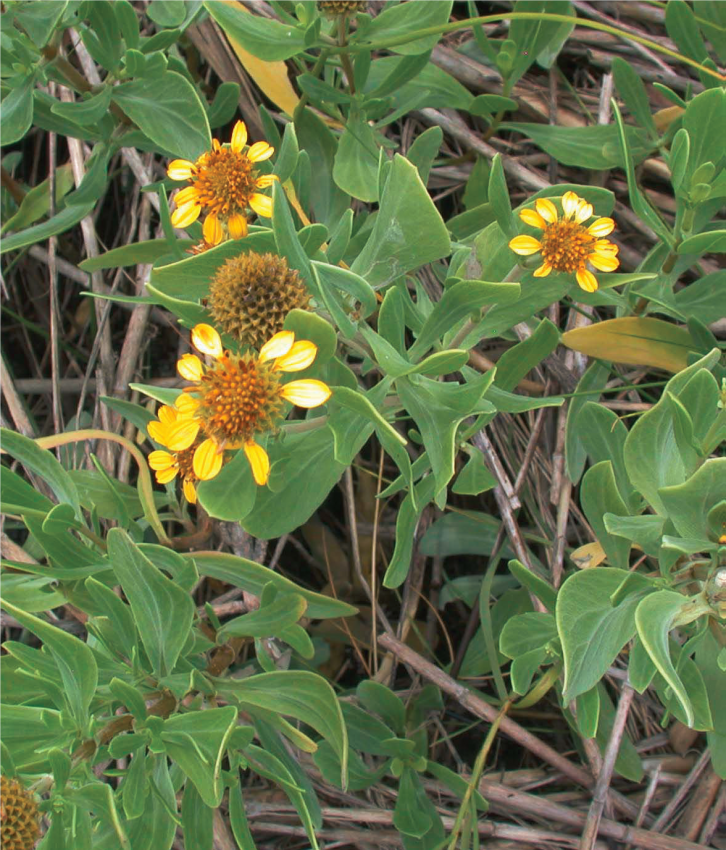
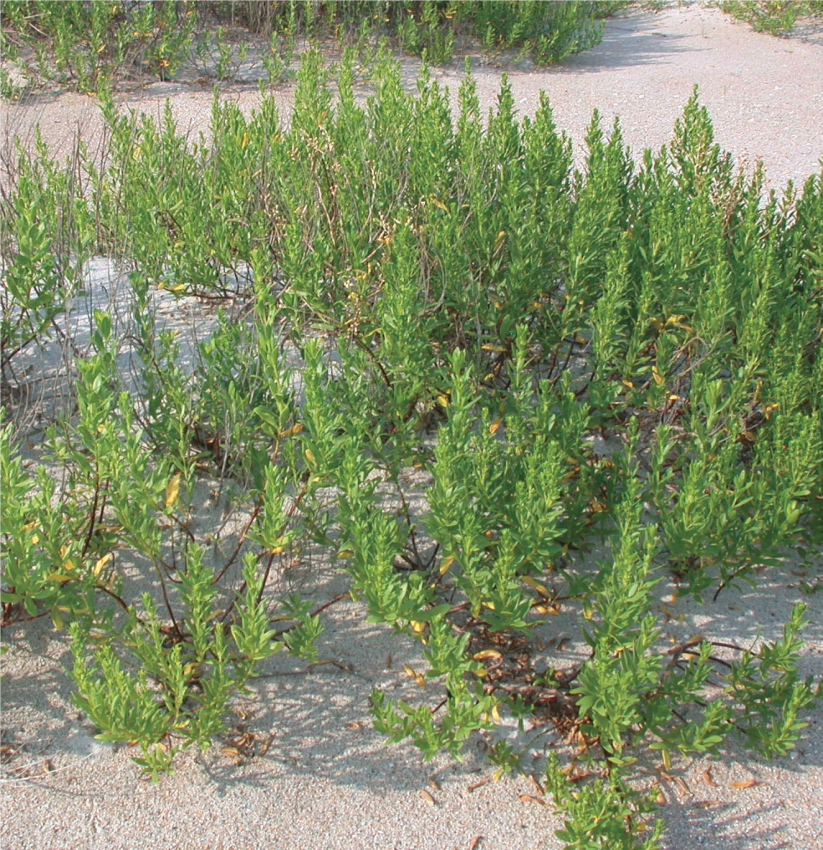
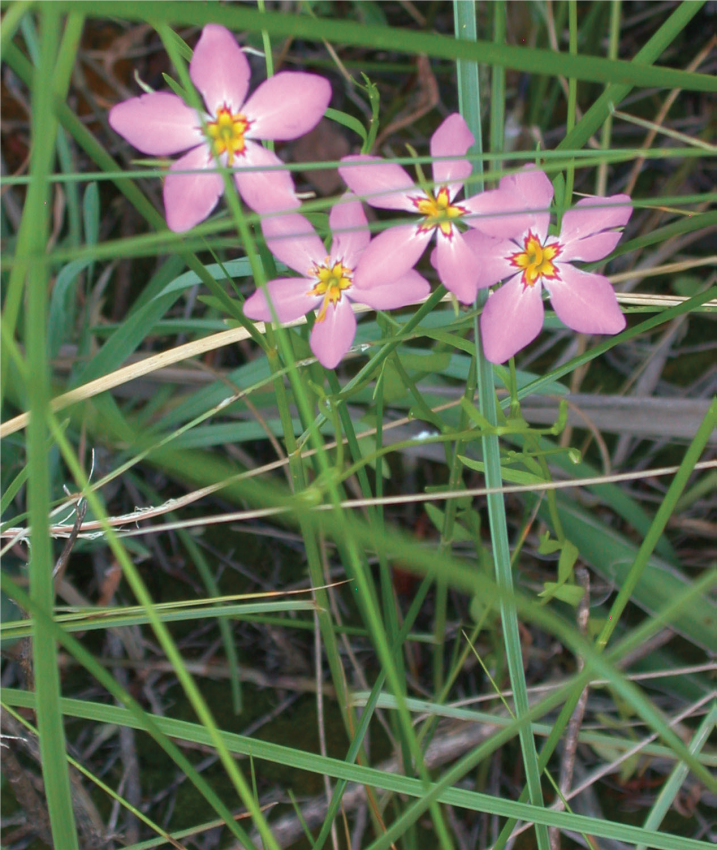
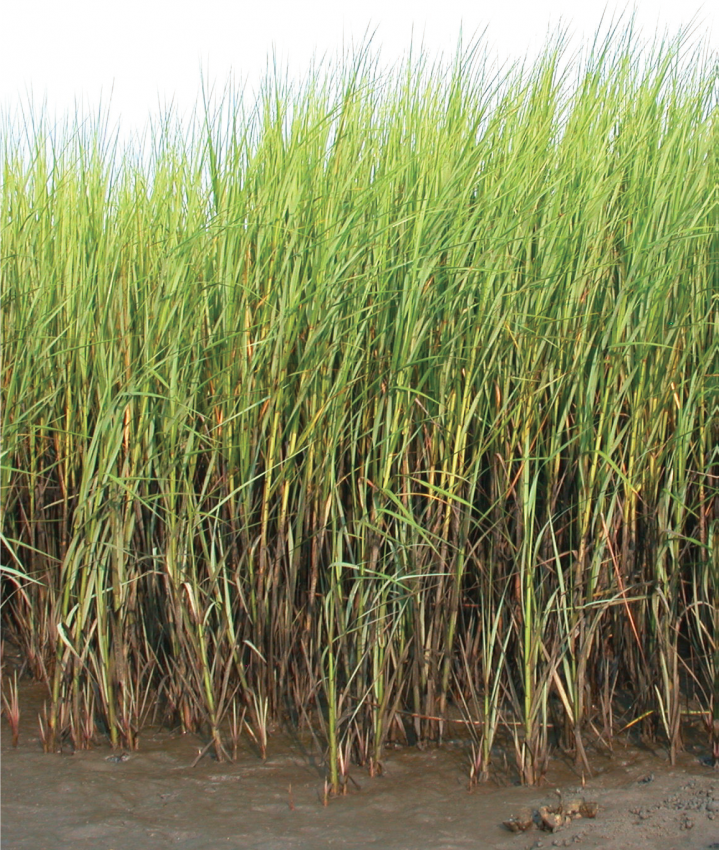
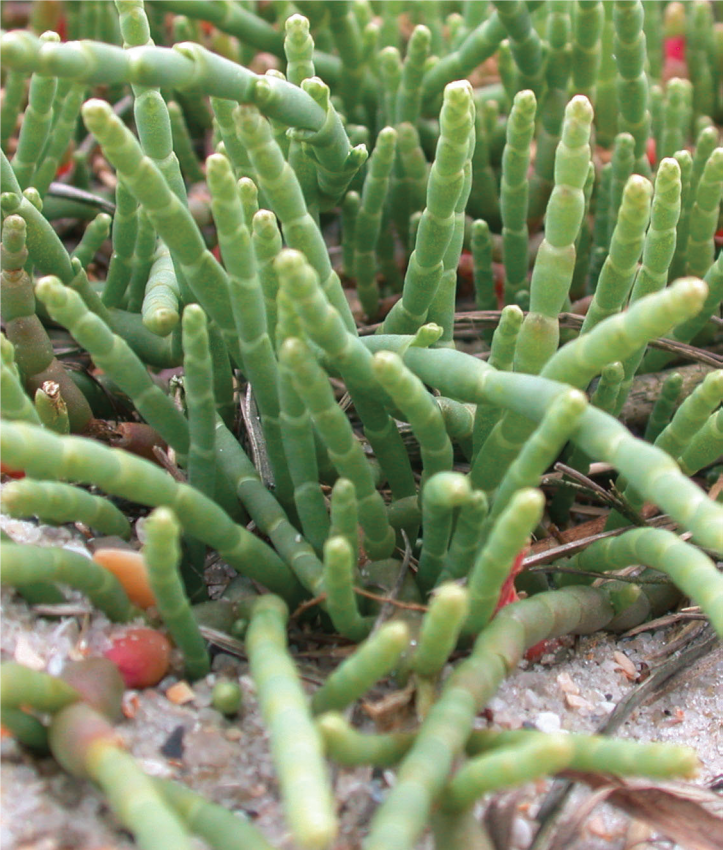
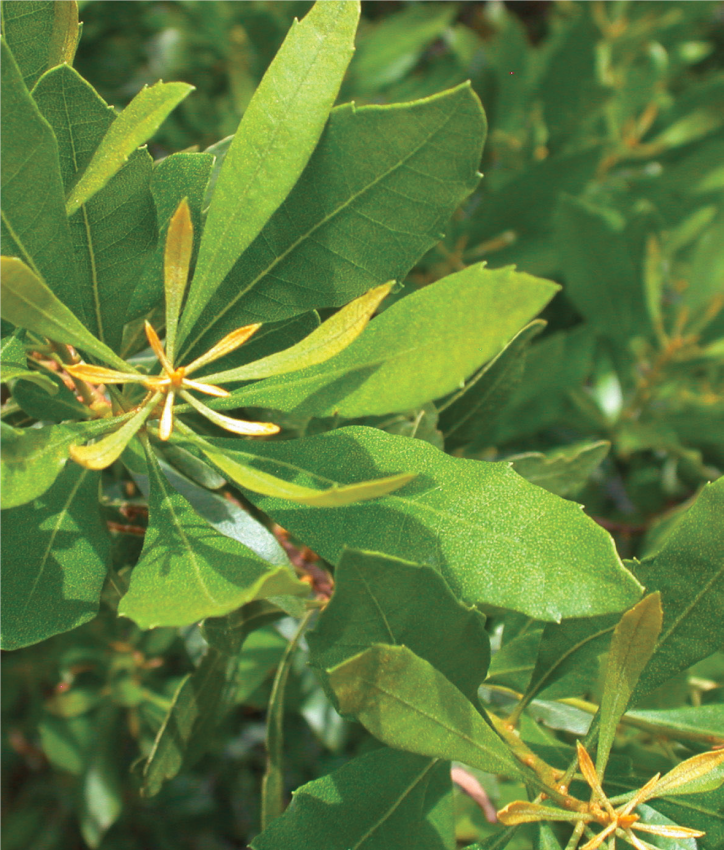
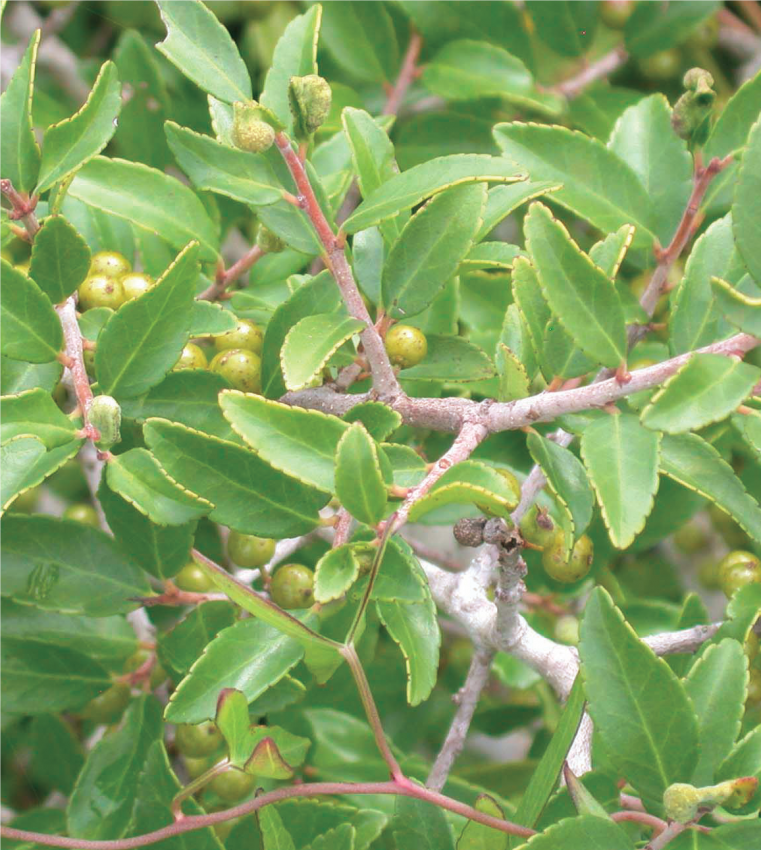
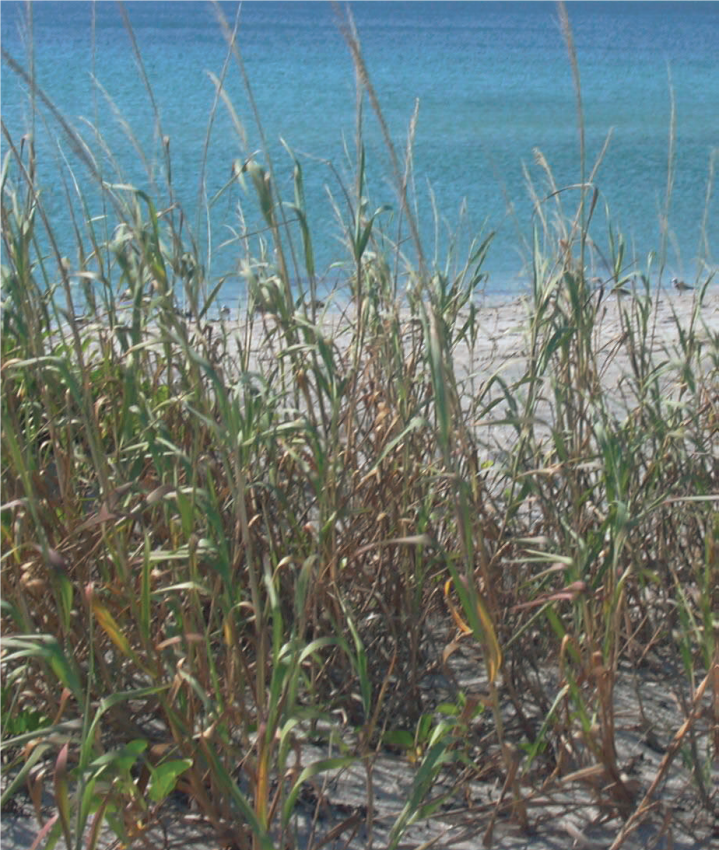
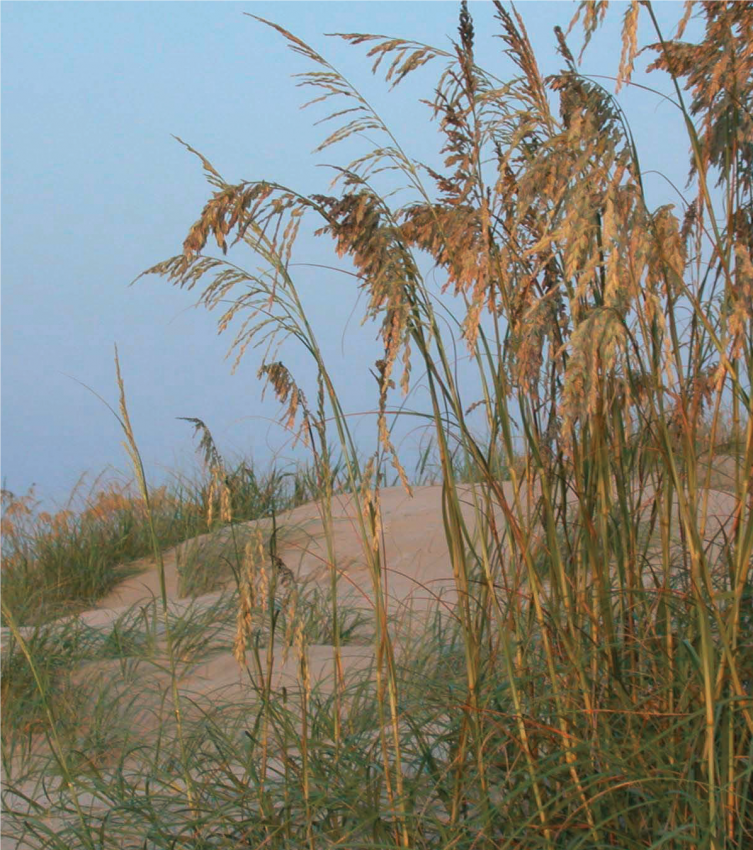
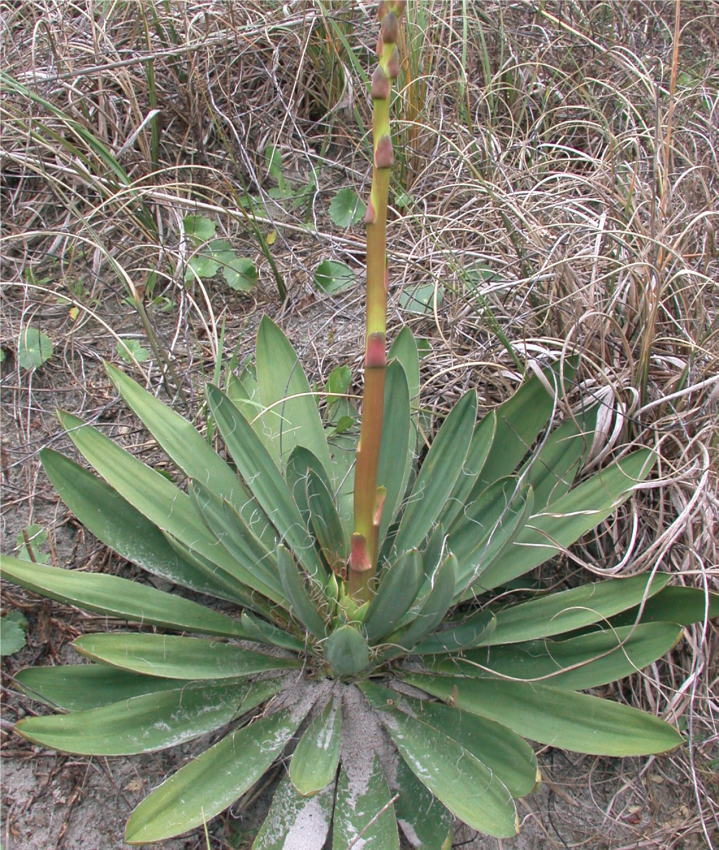
Birds of the Reserve
The Bird Island Coastal Reserve is an Audubon Important Bird Area (IBA). The IBA program is a global conservation road map that helps Audubon, its partners and landowners identify and safeguard the natural areas and landscapes that are most critical to birds and their habitats. Conservation work at IBAs helps boost populations of bird species that face environmental threats such as habitat loss and fragmentation. More than 4.5 million acres in North Carolina are identified as IBAs. Audubon and its local partners work to protect and manage these areas to keep populations of birds from declining to dangerously low levels.
What does it take to become an IBA?
Important Bird Areas are found on private and public lands and are uniquely important to birds. In order to qualify as an IBA, a site must support endangered species, range-restricted species or populations that are concentrated in one type of habitat or area. IBAs include breeding sites, migration routes and wintering areas. The Bird Island/Twin Lakes IBA was selected because it provides resting and feeding areas to North Carolina’s only regularly occurring flock of wood storks.
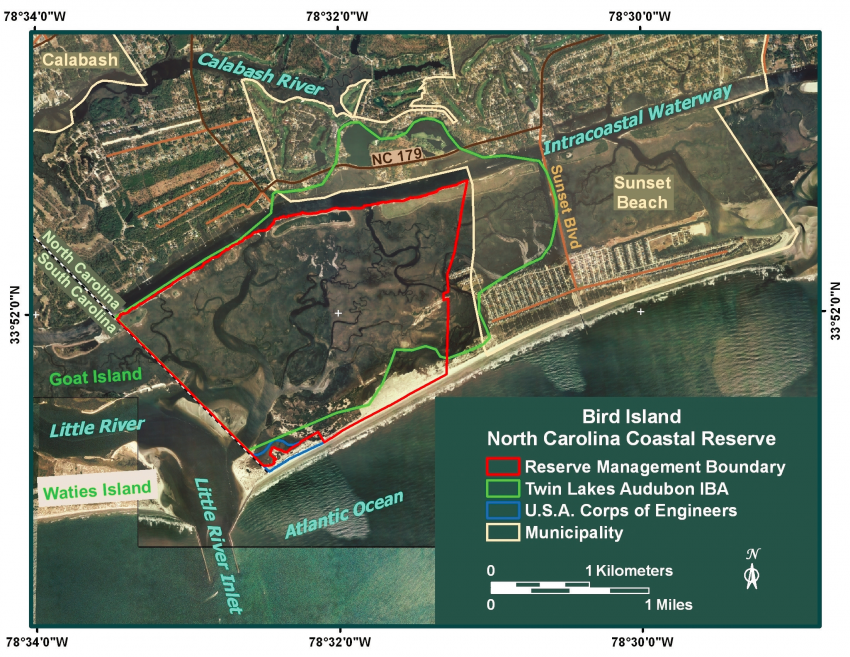
Birds that Use the Beach
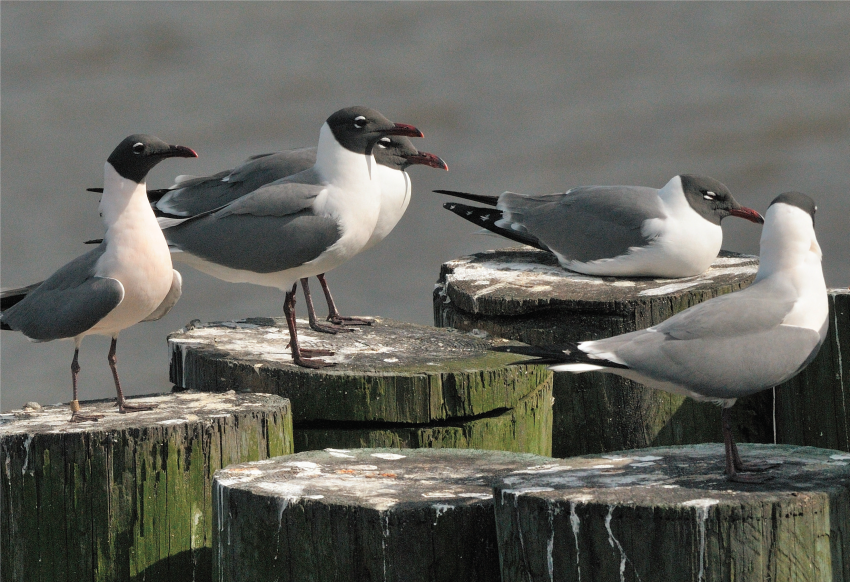
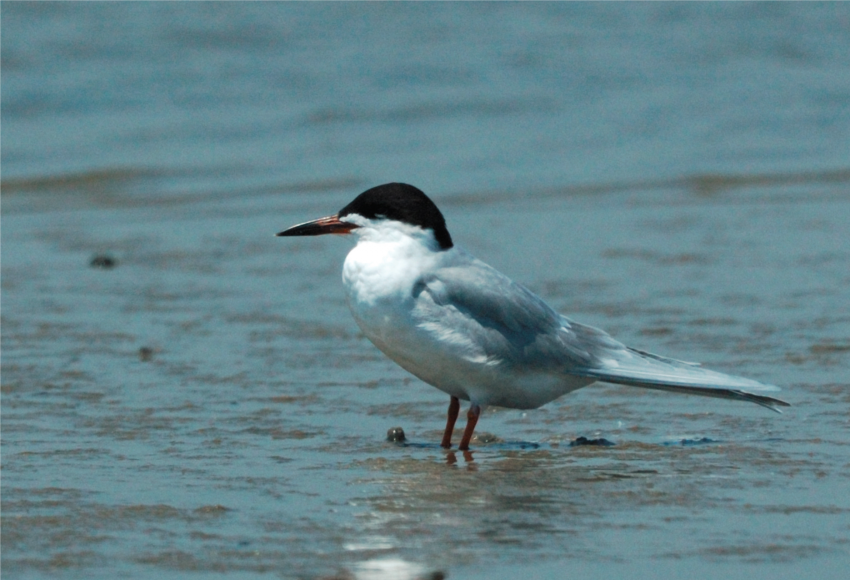
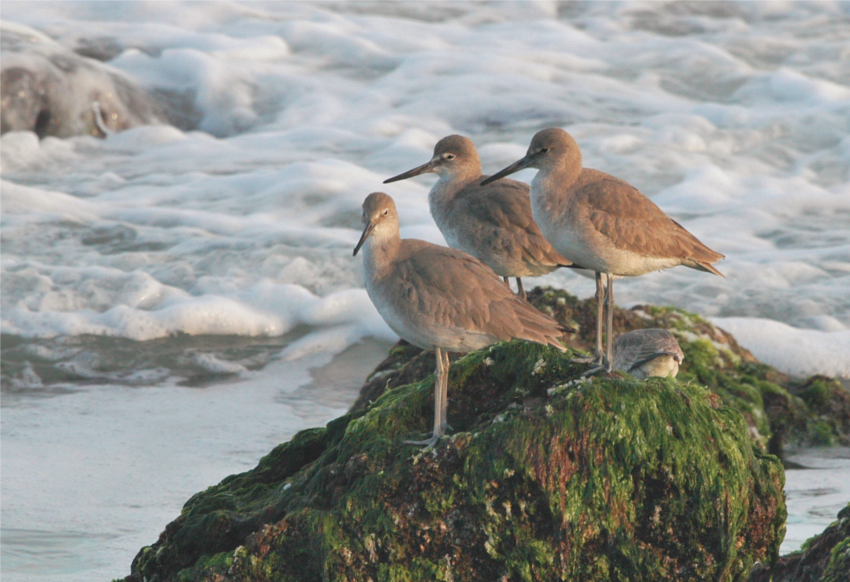
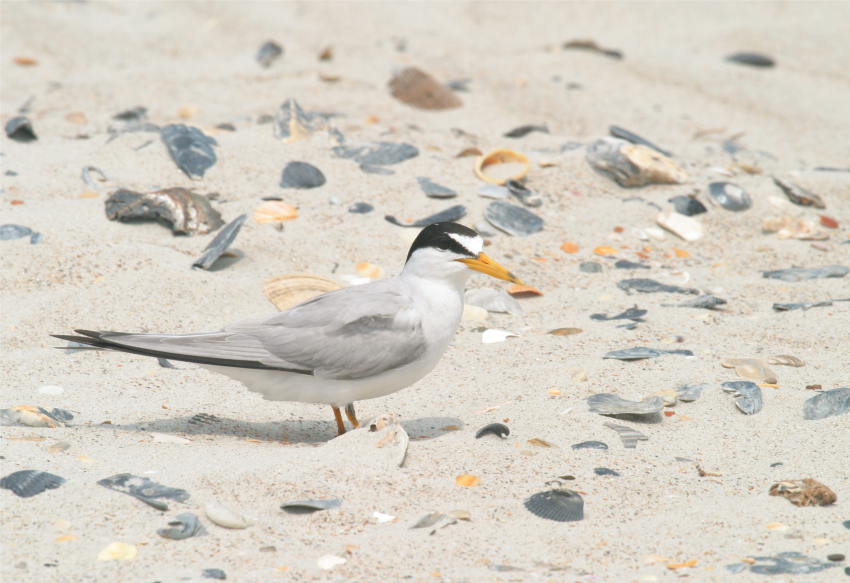
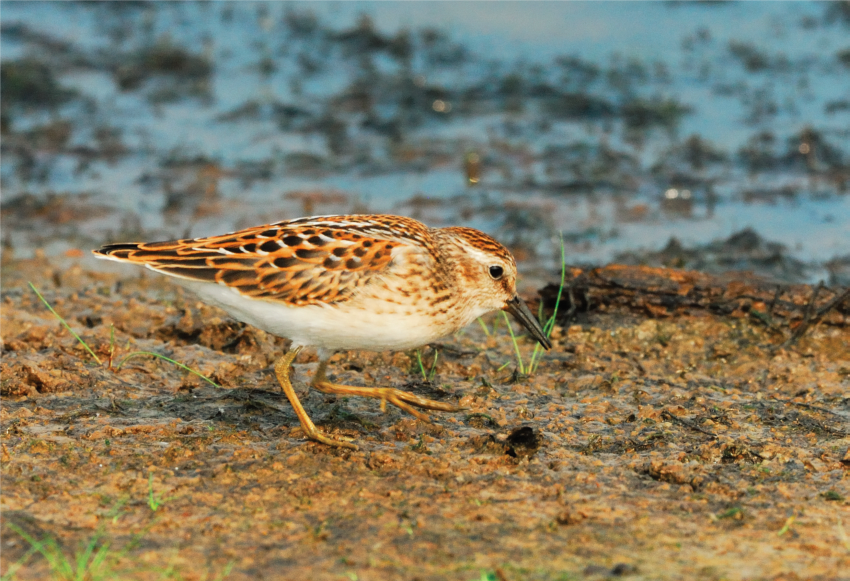
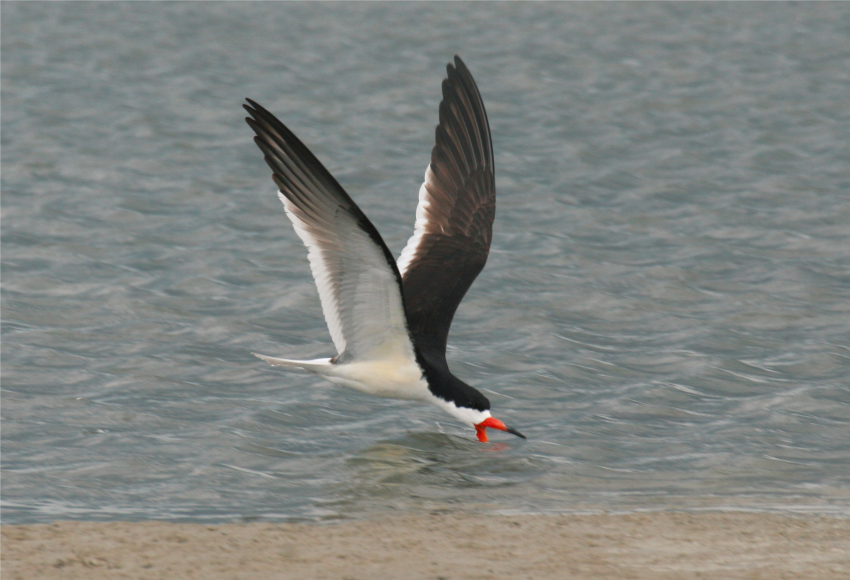
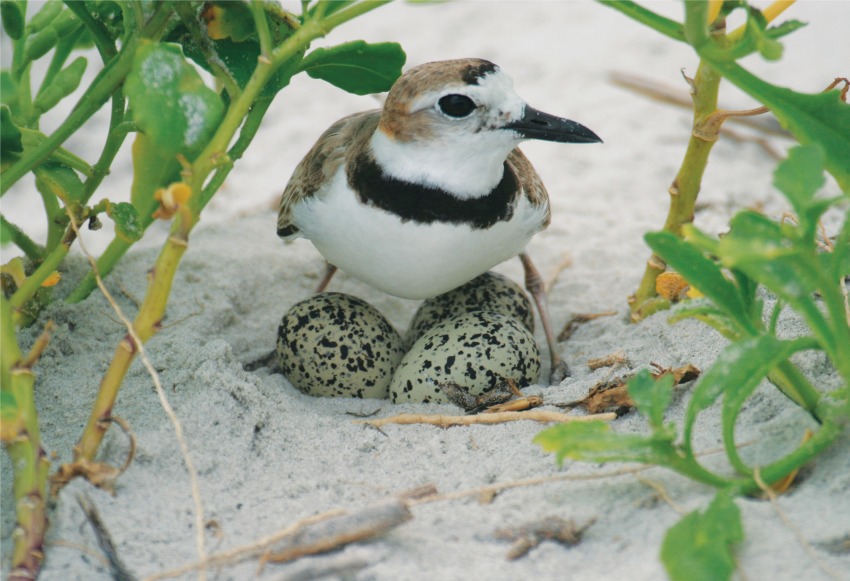
Birds that Use the Marsh
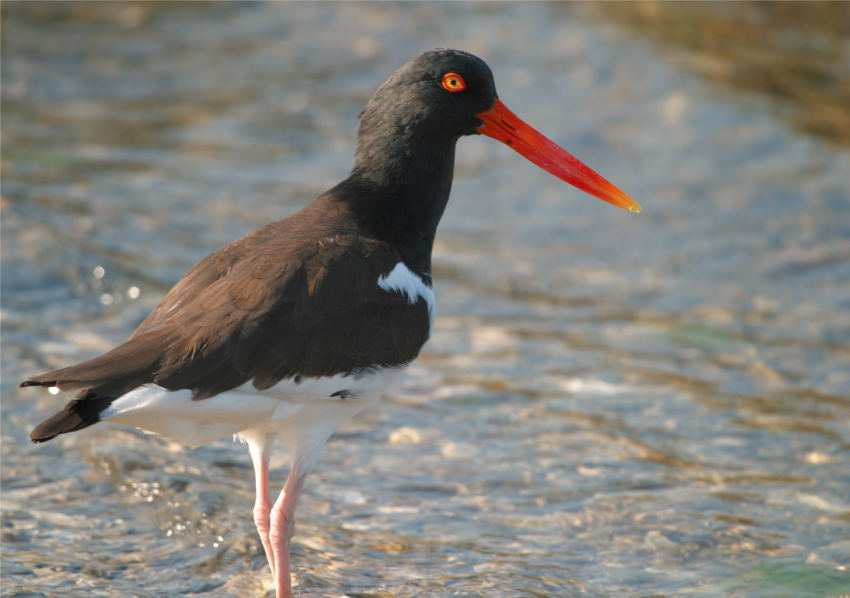
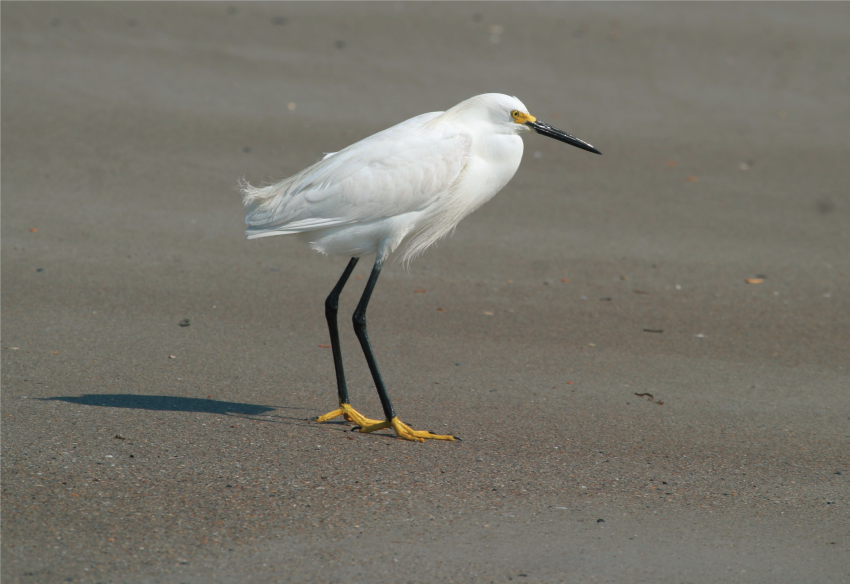
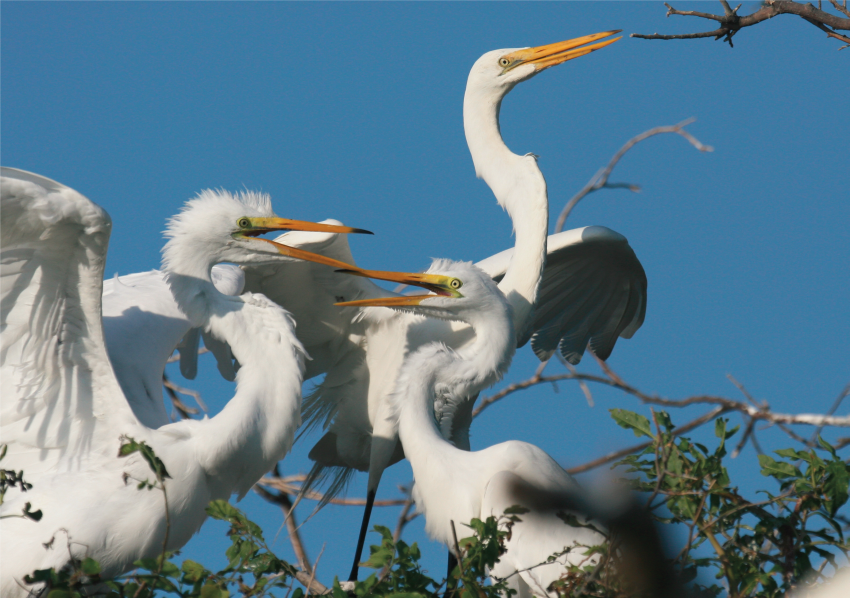
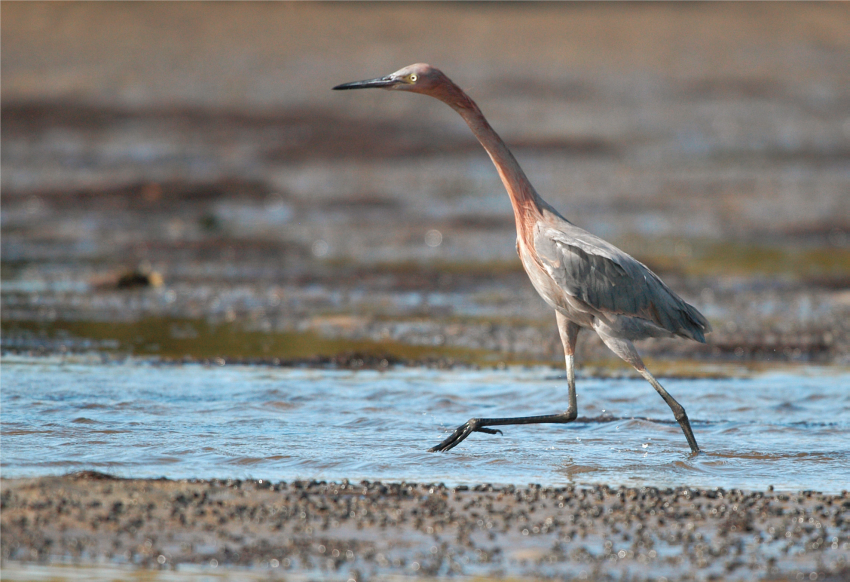
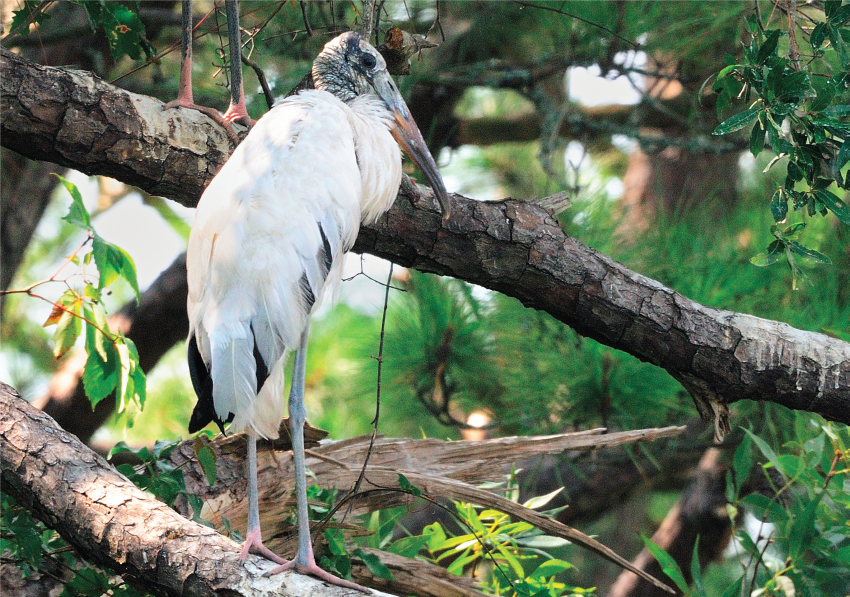
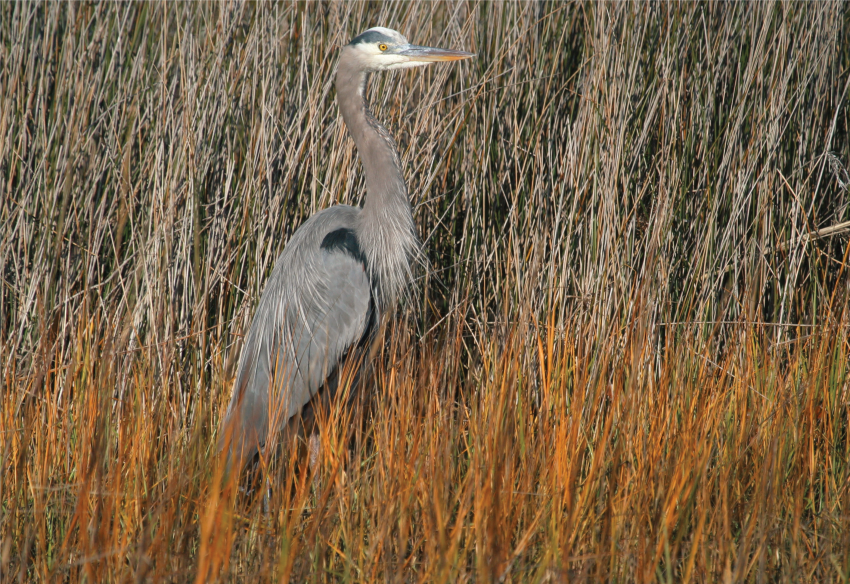
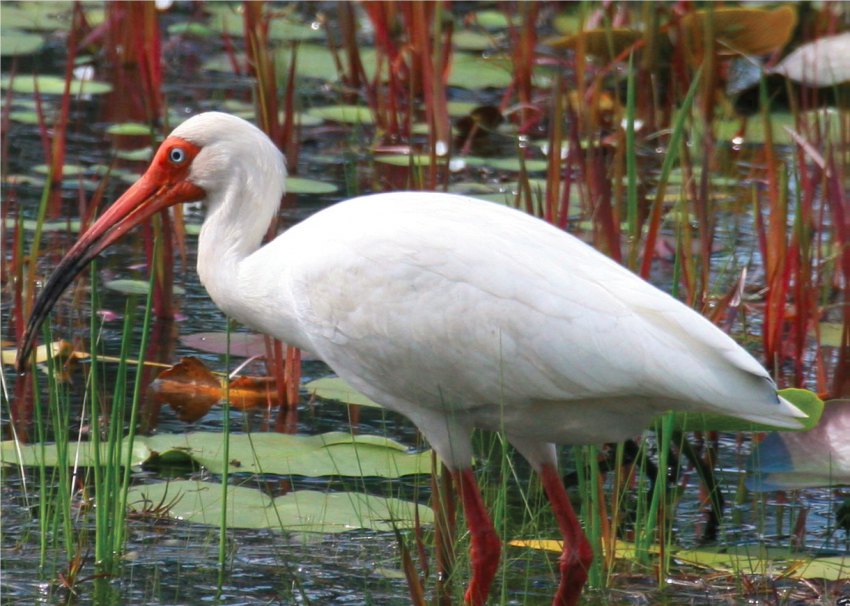
Turtles of the Reserve
Loggerhead Sea Turtle
The loggerhead sea turtle (Caretta caretta) nests on North Carolina’s beaches. This species of sea turtle is listed as “threatened” in the United States. Each nesting season, between May and August, female loggerheads come onto the beach to lay 50-200 eggs.
The eggs hatch from their sand nest after 50-80 days, usually from July through October. The hatchlings then make their way to the ocean where they ride ocean currents and feed in the safety of sargassum seaweed beds. After 35-40 years, the females return to the beach of their birth to nest. Only one in 10,000 turtle hatchlings survive to adulthood.
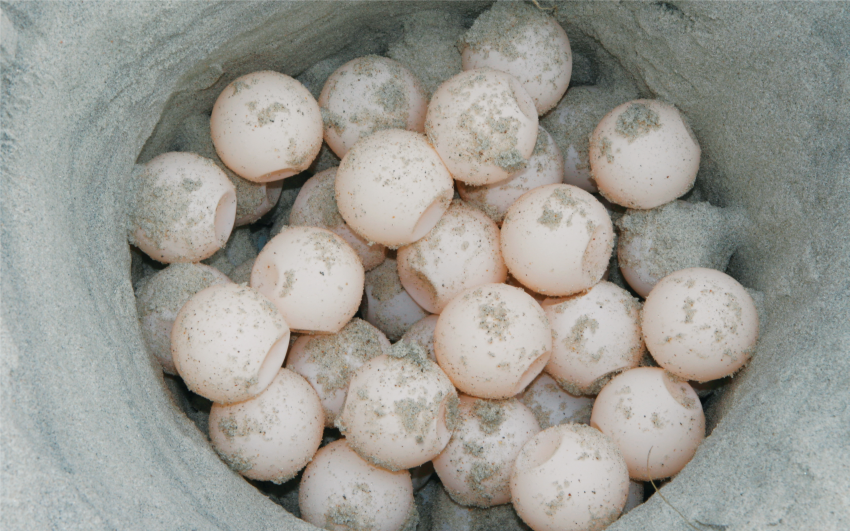
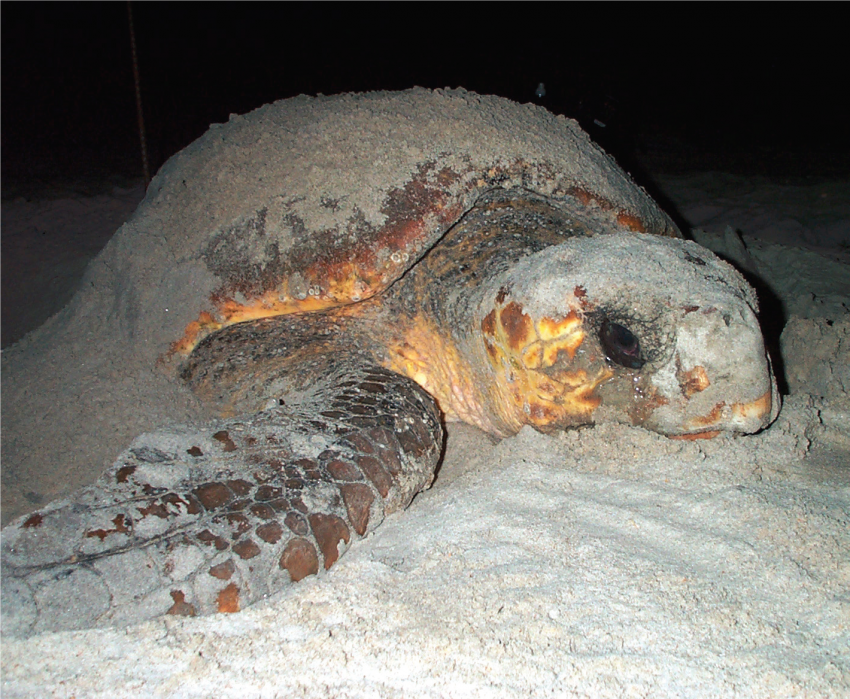
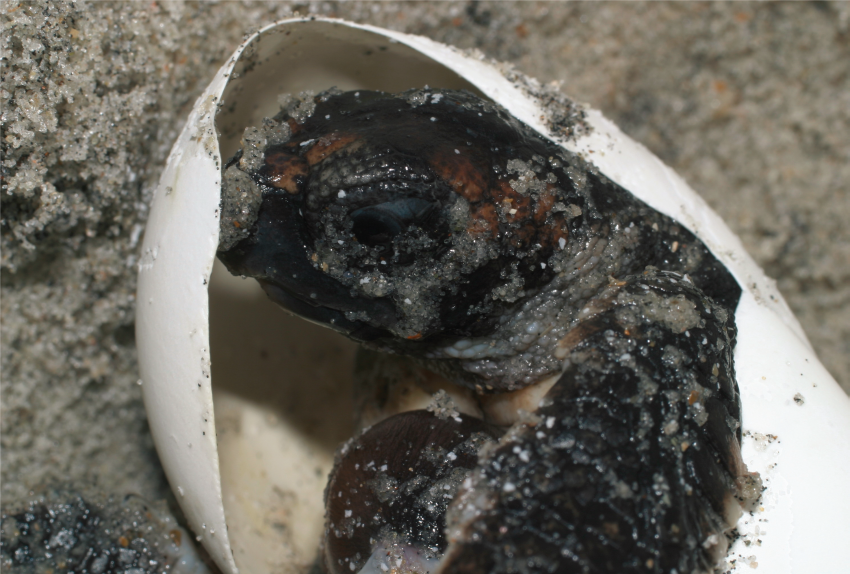
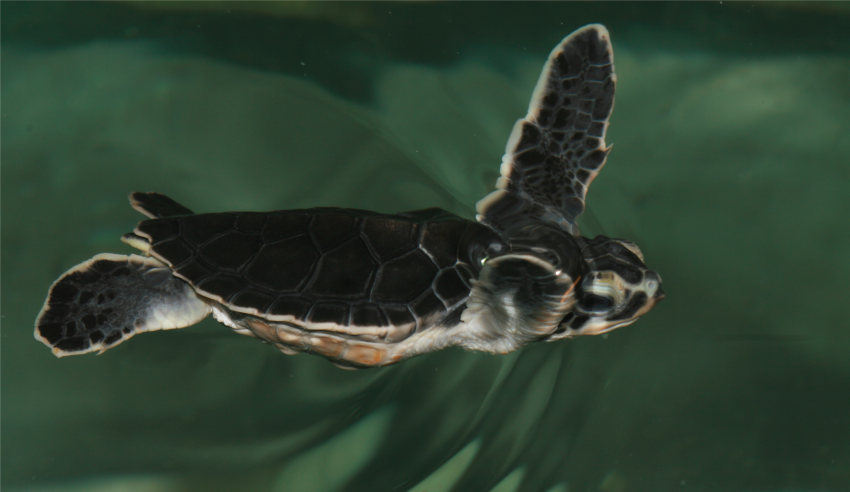
Globally, there are seven species of sea turtles. Six of them (hawksbill, green, flatback, loggerhead, Kemp’s ridley and olive ridley turtles) have shells while the leatherback turtle has a leathery carapace made up of connective tissue.
Sea turtles range in size from about 2-6 feet long, depending on the species. The Kemp’s ridley turtle is the smallest, and leatherback is largest.
Threats to sea turtles include loss of habitat from coastal development, harvest of turtles and eggs, being caught in fishing gear, entanglement in or ingestion of marine debris, injury from boats and natural predators.
Fun Fact
Temperature can actually determine whether or not sea turtle hatchlings are male or female. Cooler temperatures favor the development of more males, and warmer temperatures favor the development of more females.
Sunset Beach & Bird Island are Sea Turtle Sanctuaries
You can help sea turtles by doing the following:
- Do not approach or disturb turtles, nests, or hatchlings.
- Dispose of trash appropriately; plastic is especially harmful to turtles.
- Turn out lights on the oceanfront and do not shine lights on a nesting turtle or hatchling.
- If you dig holes, please fill them before you leave the beach.
- Report sea turtle injuries or strandings to the Sunset Beach Turtle Patrol at 910-579-5862 or Sunset Beach Police 910-579-2151.
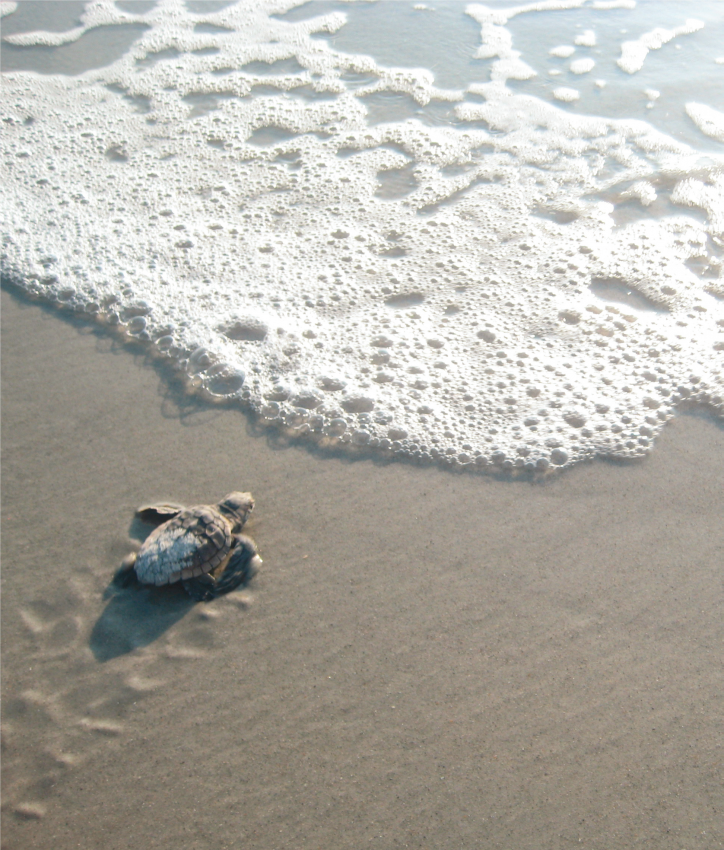
Bird Island protection, acquisition and management partners:

